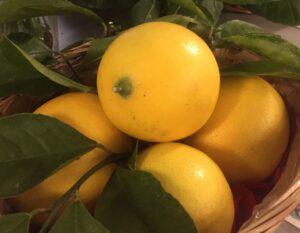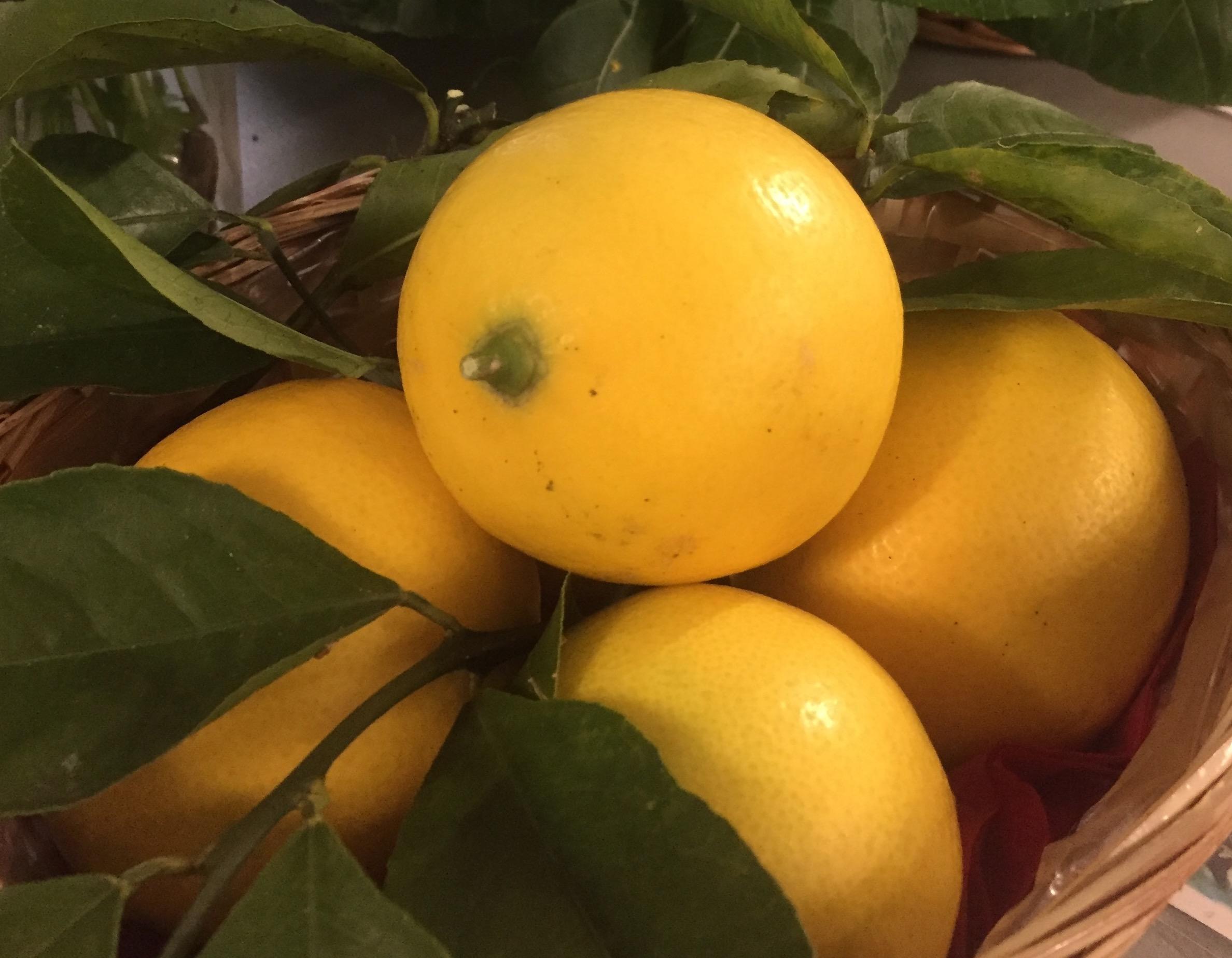
Fruit trees are certainly a valuable addition to the home garden offering us delicious homegrown, fresh fruit. My favourite fruit trees in my own front garden are the Nagami cumquat and the Tahitian lime; both are abundant when I’ve take the time to water them regularly and give them a citrus fertiliser feed. With some basic knowledge and attentiveness we can all become green thumbed fruit tree gardeners ensuring our trees thrive and produce a good harvest. After all, we all know nothing tastes better than home grown.
Selecting the right fruit tree varieties are important. We know here in the South Burnett our climate is hot in summer and cold in winter and this can be really challenging for gardening. Our soil types are variable, sometimes we have limited spaces and we also receive unreliable rainfall. These factors will certainly affect the bounty of our trees and even more so if we neglect the watering. My Tahitian lime was planted in the drought approximately eight years ago and I remember it struggling through with my intermittent watering. I’m so pleased that I kept an eye on key signs like wilting leaves as it’s a fantastic abundant tree now and I have shared the fruit with so many people.
In the Kingaroy area there are a few people fortunate to be above the frost zone. Unlike RAMESA Farm, we experience decent frosts each year with temperatures dropping to around minus two or three each winter. Making decisions about which fruit trees are best suited for your garden is well worth doing. Moving here almost twenty years ago much of my early gardening involved trial and error. I moved from a coastal area with rich soil, high rainfall and no frost. If you’re thinking about planting Mango, Avocado, Jaboticaba, Paw Paw and Custard Apples etc also think about protecting your trees. Coverings of frost cloth, hessian, surrounding the fruit trees with rocks to hold and give warmth is a great idea or find a protective wall to tuck your plants into and definitely grow them in the highest points in your garden as frost settles in the lowest points. Applying a layer of mulch around the base of your trees to insulate the roots and retain moisture is another way to help with frost protection. In addition to protection from frost just make sure your fruit trees receive at least six hours a day of sunlight and grow in a well-drained soil.
It’s an exciting feeling when planting a new fruit tree. With the hole wide and deep enough to accommodate the tree’s root system and gently planting, backfill the hole and water well. Regular and consistent watering is important during the early stages of a fruit tree’s growth as I learnt in my early gardening days. Just keep the soil evenly moist but not waterlogged and allow the water to reach the tree’s root system.
Fruit trees do benefit from regular fertilising to maintain their health and productivity. Use a balanced fertiliser with the appropriate ratio of nitrogen, phosphorus, and potassium. It’s a good idea to apply in early spring before the tree enters its active growth phase and then again in autumn.
When doing some maintaining in your garden pruning tasks help shape your trees, provides airflow and ensures the removal of any dead branches. If you have grafted trees like my many citrus always prune off any branches growing below the graft as these are the strong wild rootstock. Ideally prune during the dormant season preferably in late winter or early spring before the new growth begins. Train young trees by selectively pruning to encourage a strong and desirable shape.
I hope you enjoy the rewards of picking the harvest from your healthy fruit trees. Encouraging beneficial insects and birds by planting flowering plants nearby is always helpful and really feels like a connection to nature. My tip in heavy frost areas is to plant a variety citrus trees. “Happy Gardening Everyone”. Romaine Undery – RAMESA Nursery, Kingaroy

